When Do Puppies Grow the Most?

8 weeks old smooth hair brown dachshund puppy held by owner with colorful plaid shirt and red manicured nails.
Like humans, puppies grow at different rates throughout each stage of life. Dogs grow the fastest during the first eight weeks of life. However, that fast puppy growth rate continues to a lesser extent throughout the first six months. The closer your dog gets to fully grown, the less likely you will experience a puppy growth spurt.
At What Age is a Dog Fully Grown?
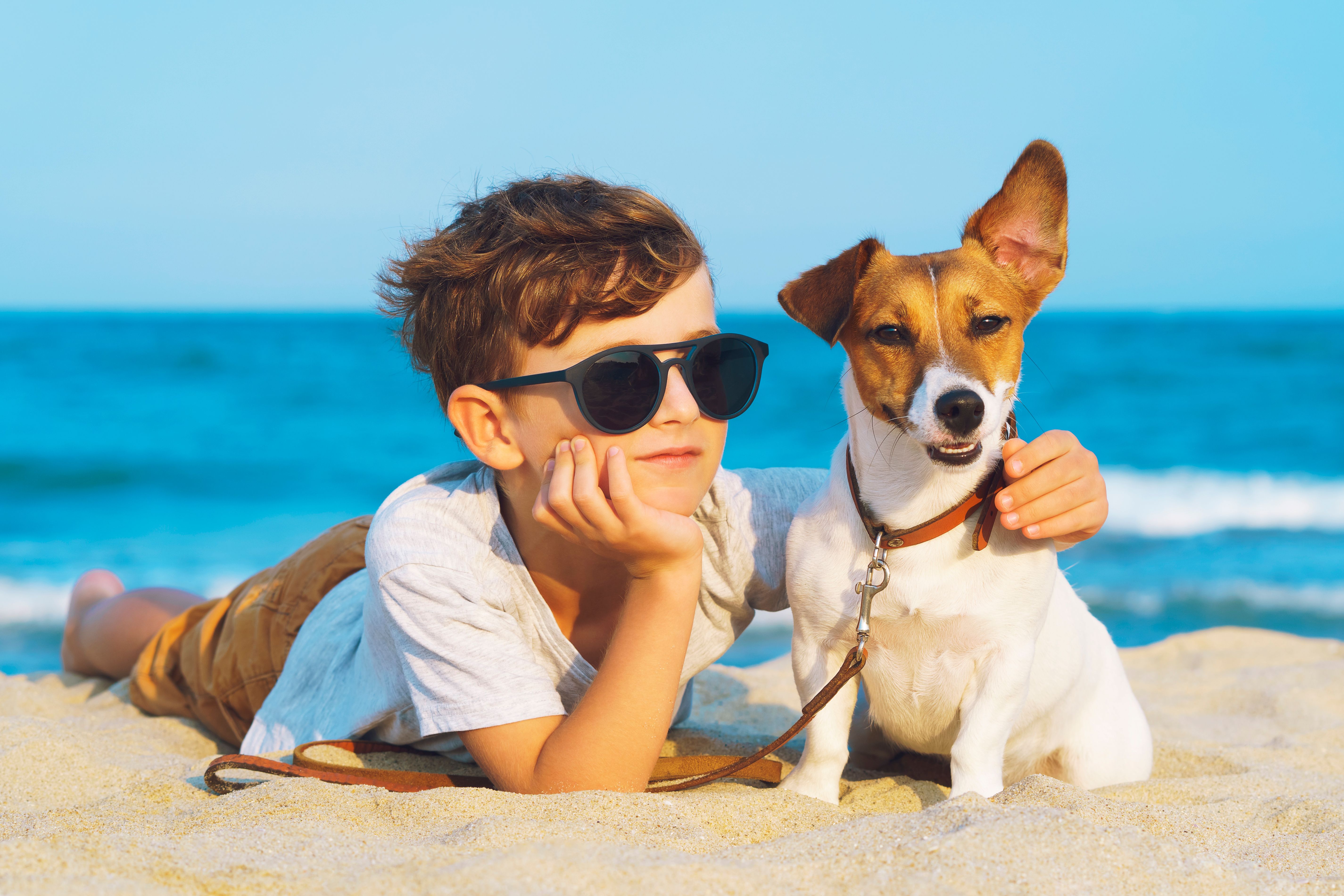
Happy 8 year old boy hugging his dog breed Jack Russell terrier at the seashore.
Dogs of different sizes grow at different rates. Smaller dogs finish growing and maturing faster than larger ones. Your dog’s breed plays a very important role in how their body grows and develops.
Most small-breed dogs will finish growing by 8-12 months. However, larger breeds may take 18-24 months to reach full size. This is not surprising considering that these big dogs pack on 100 pounds or more in weight. Some have reported that their giant dogs took as long as three years.
One of the most important changes when a dog moves from the puppy phase to a young adult is the development of growth plates—the soft cartilage found at the point where longer bones connect. As young puppies, these growth plates are soft and easily damaged. The growth plates harden and close as dogs become adults. When a dog is a fully grown adult, the growth plates are strong enough to withstand daily wear and tear.
Regardless of your dog’s size, you need to maintain a healthy diet throughout these early stages of growth and development. Also, ensure your dog’s health is closely monitored at every stage.
Ask your veterinarian if you want to be sure when your dog will be fully grown. The clinic knows all the essential details about your dog, so you’ll have the best shot at a more accurate answer. As such, they will factor all that information into the calculation.
Do Dog Paws Determine Size?
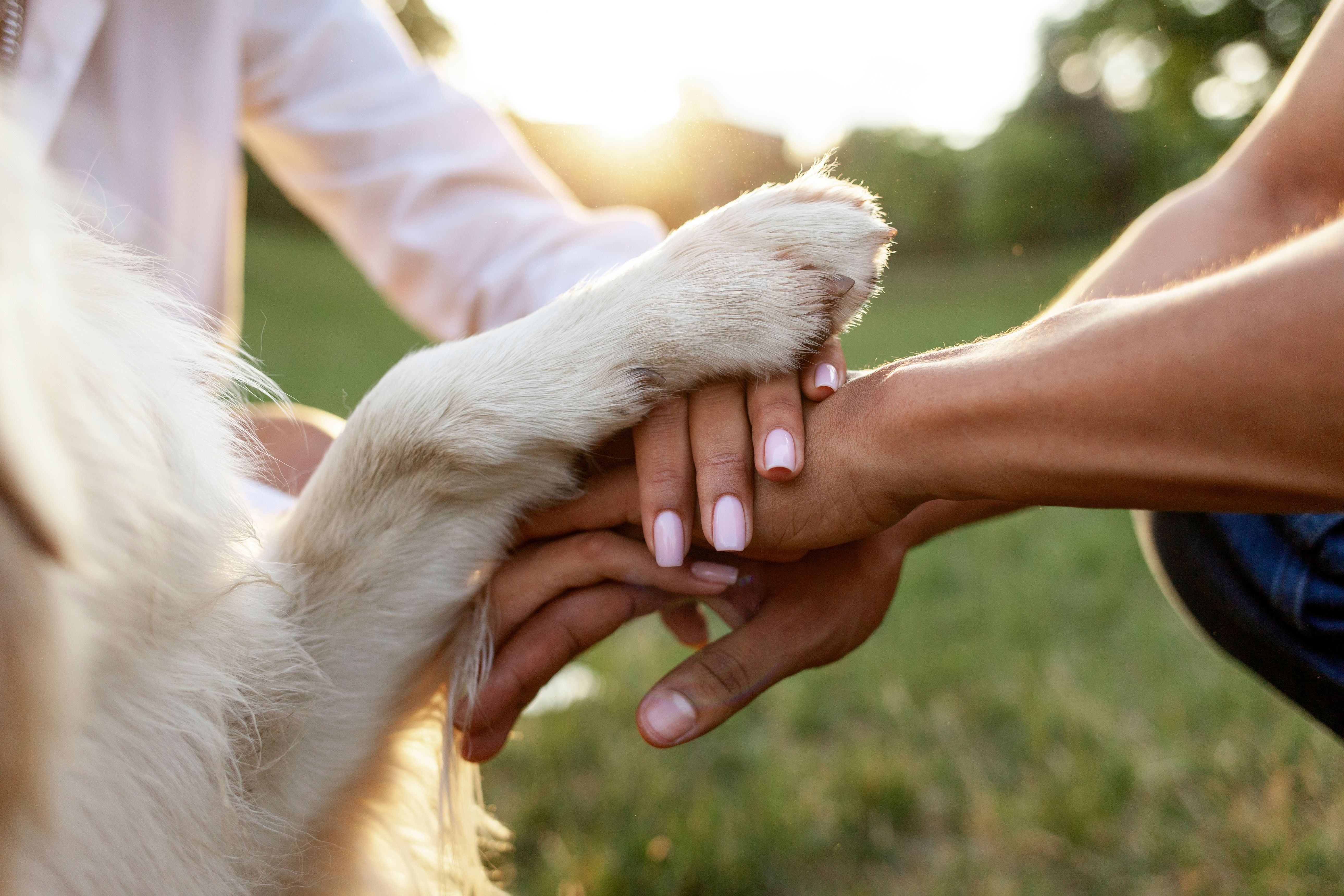
Hands of people together with dog paw in park at sunset.
Have you ever heard the old wives’ tale that you can estimate a dog’s full-grown size based on the paw size of a puppy? While a dog’s paws can give a general idea of the size you can expect, this is not a promise or guarantee. Some dog breeds have smaller paws when fully grown than others.
For example, collies are known for having small paws relative to overall body size, while Alaskan Malamutes have larger paws to help navigate the ice and snow.
What to Consider When Your Dog Is Growing
Understanding the growth of a puppy will significantly impact essential elements of dog care, like nutrition and exercise levels. Here are a few key considerations related to dog growth and care:
Exercise
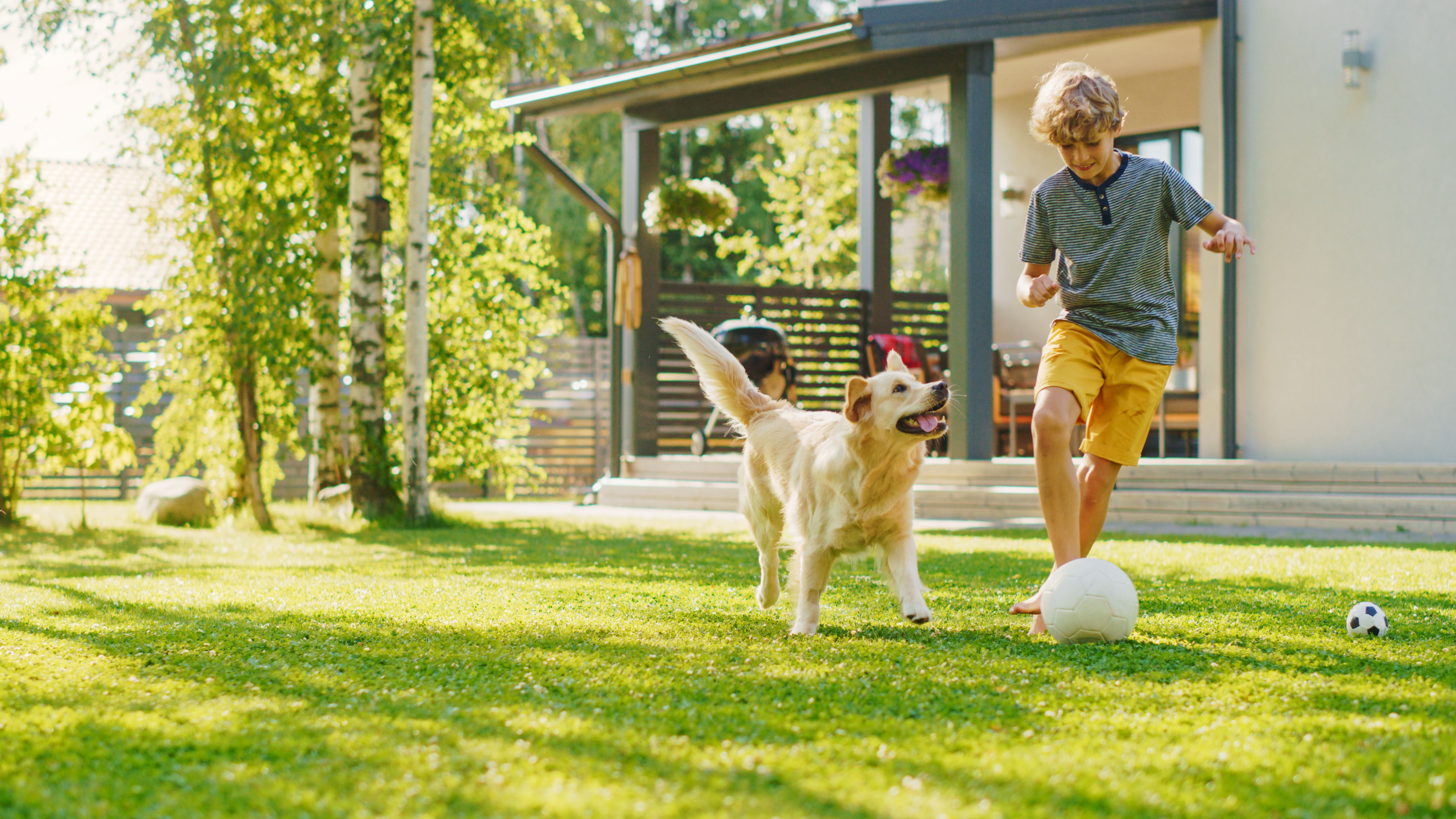
Boy Plays Soccer with Happy Golden Retriever Dog at the Backyard Lawn.
Physical activity is an essential component of a happy, healthy life for your dog. However, the intensity and time spent safely exercising will change and evolve throughout each stage of life. Young puppies have a lot of energy, but excessive exercise can cause significant injuries before the growth plates fully develop.
Diet

Small white dog joyfully eats from metal bowl.
Your dog will have different nutritional needs at each stage of his or her life. As a puppy, you need to choose a food that supports the demands of growth and development. Different breeds will have different needs, depending on his or her expected dog growth rate. When your dog is full-grown, you should shift to a food that fuels daily activity, reflecting your lifestyle. Those nutritional needs will change once again in a dog’s senior years. Consult your veterinarian if you’re unsure of your dog’s dietary needs.
Training/Behavior
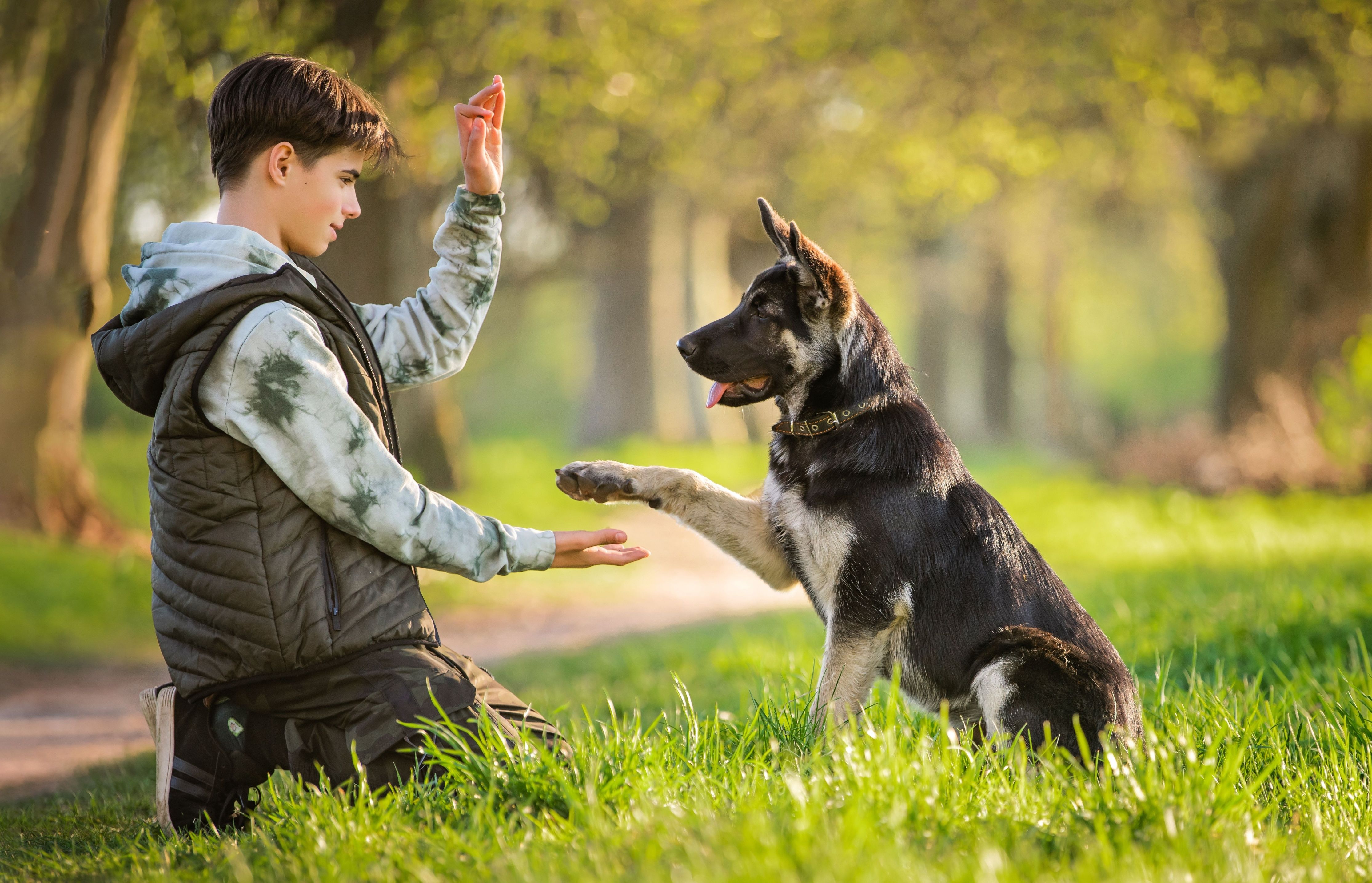
Dog obeys the order give a paw.
Some behaviors are naturally more common at each stage of a dog’s life. Puppies are naturally more inquisitive, learning and exploring the world. By the point of being fully grown, adult dogs have often matured, better understanding the world and what is expected. As a dog enters the “golden years,” behaviors may slip slightly or be forgotten. Understanding this cycle will help you adapt and support your dog as needed.
Grooming
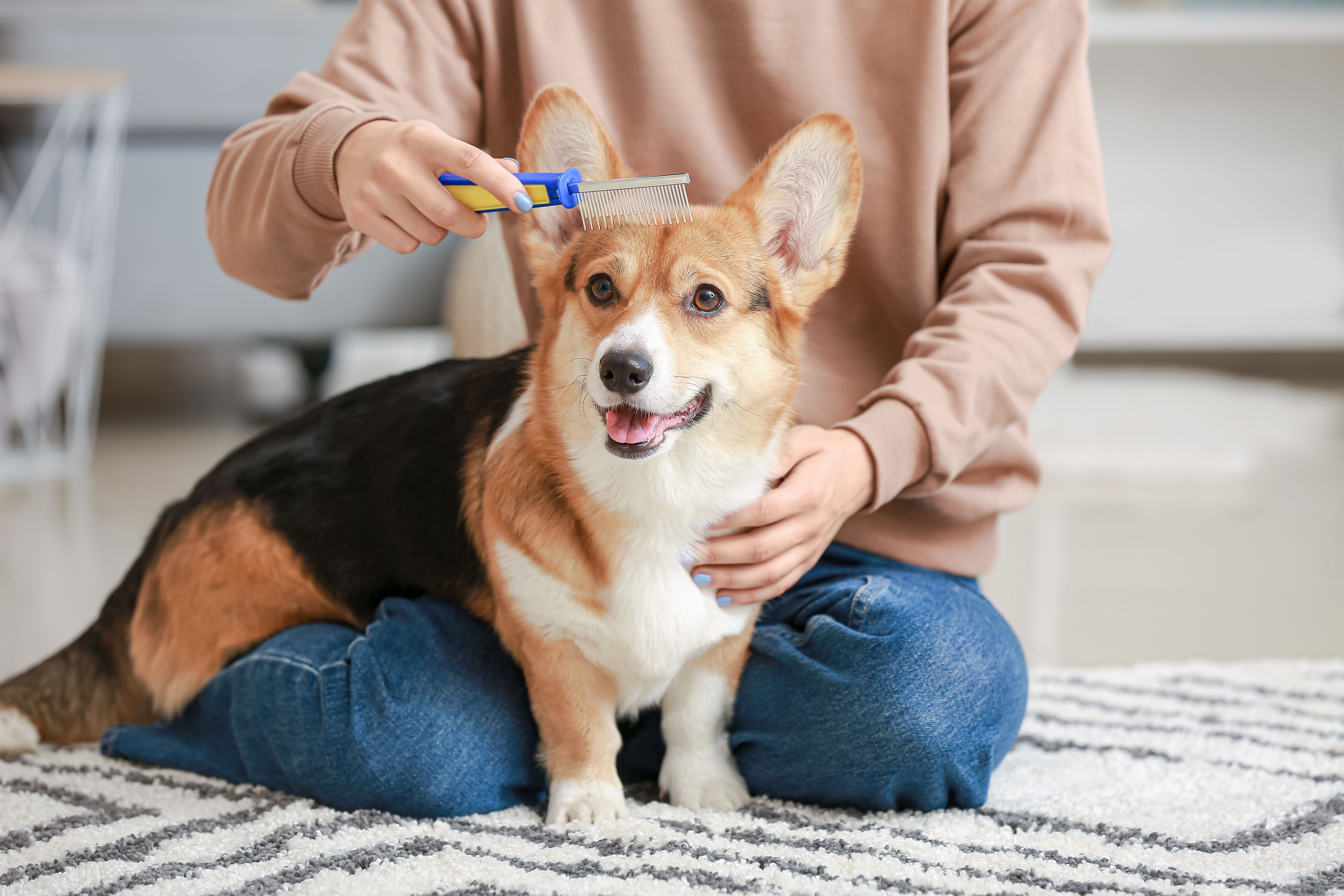
Owner brushing cute dog at home.
While most grooming needs are based more on a dog’s breed than a life stage, there are some changes you can expect. Some dog breeds experience a slight shift in coat type and density throughout each stage of life. Young puppies often need frequent nail trims to avoid accidental injuries to people and other pets. As a dog ages, he or she may struggle to keep up with self-grooming, requiring more attention and care.
Final Thoughts: How Long is a Dog a Puppy?
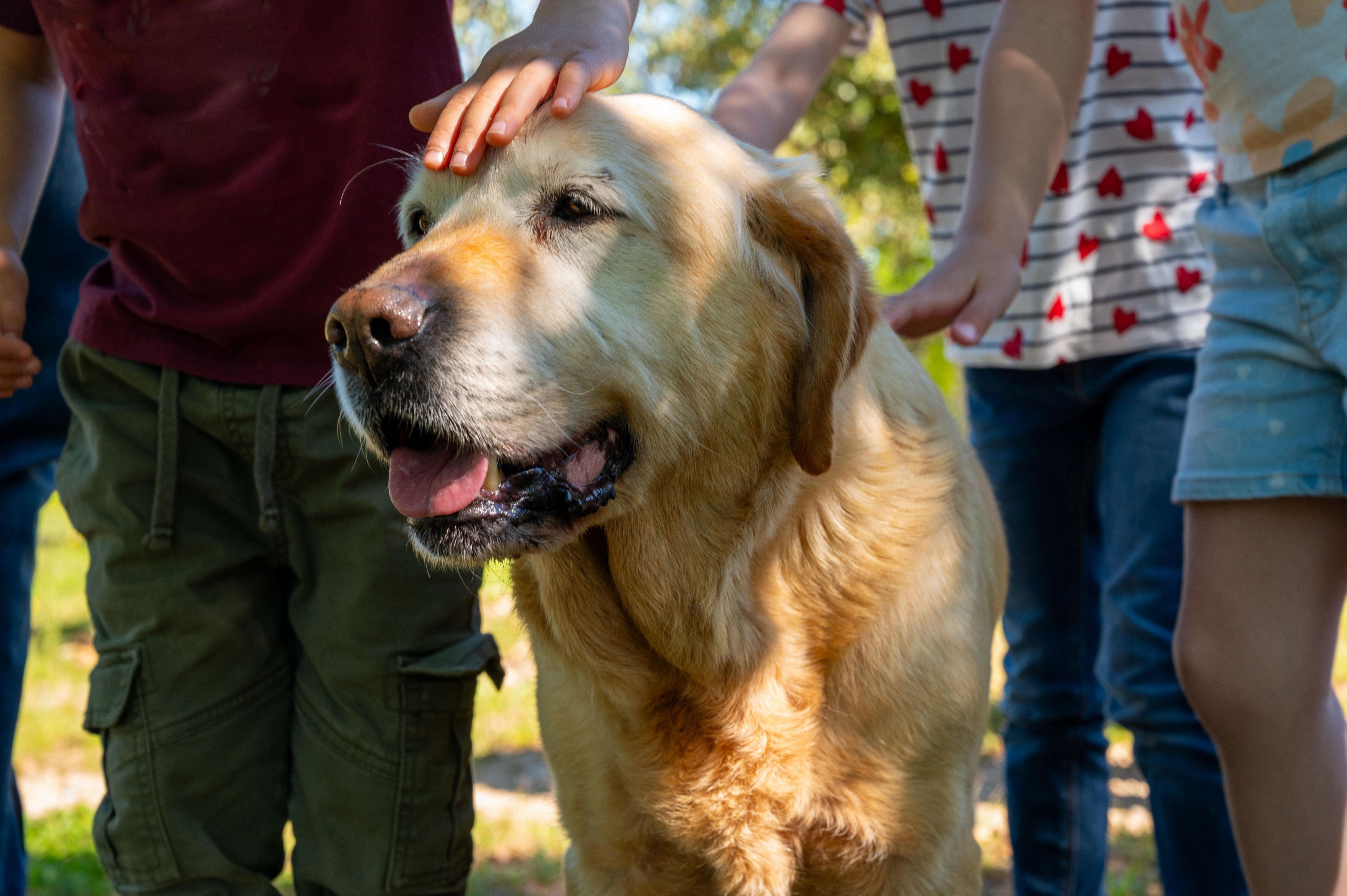
Old dog getting petted on head.
The journey from a tiny puppy to a full-grown adult is incredible and heartwarming to experience. So when exactly do dogs reach full size? While the timeline will vary depending on breed, size, and individual factors, understanding the stages of dog growth is the key to providing your dog with the best quality of care throughout his or her life.
Knowing when your dog is fully grown allows you to tailor his or her nutrition, exercise, training, and grooming routines to meet changing needs. But remember, every dog is unique!
If you have concerns about your dog’s rate of growth or development, don’t hesitate to ask your veterinarian. Armed with this knowledge, you’re ready to provide the care and attention your dog needs to enjoy a happy, healthy, and well-adjusted life.

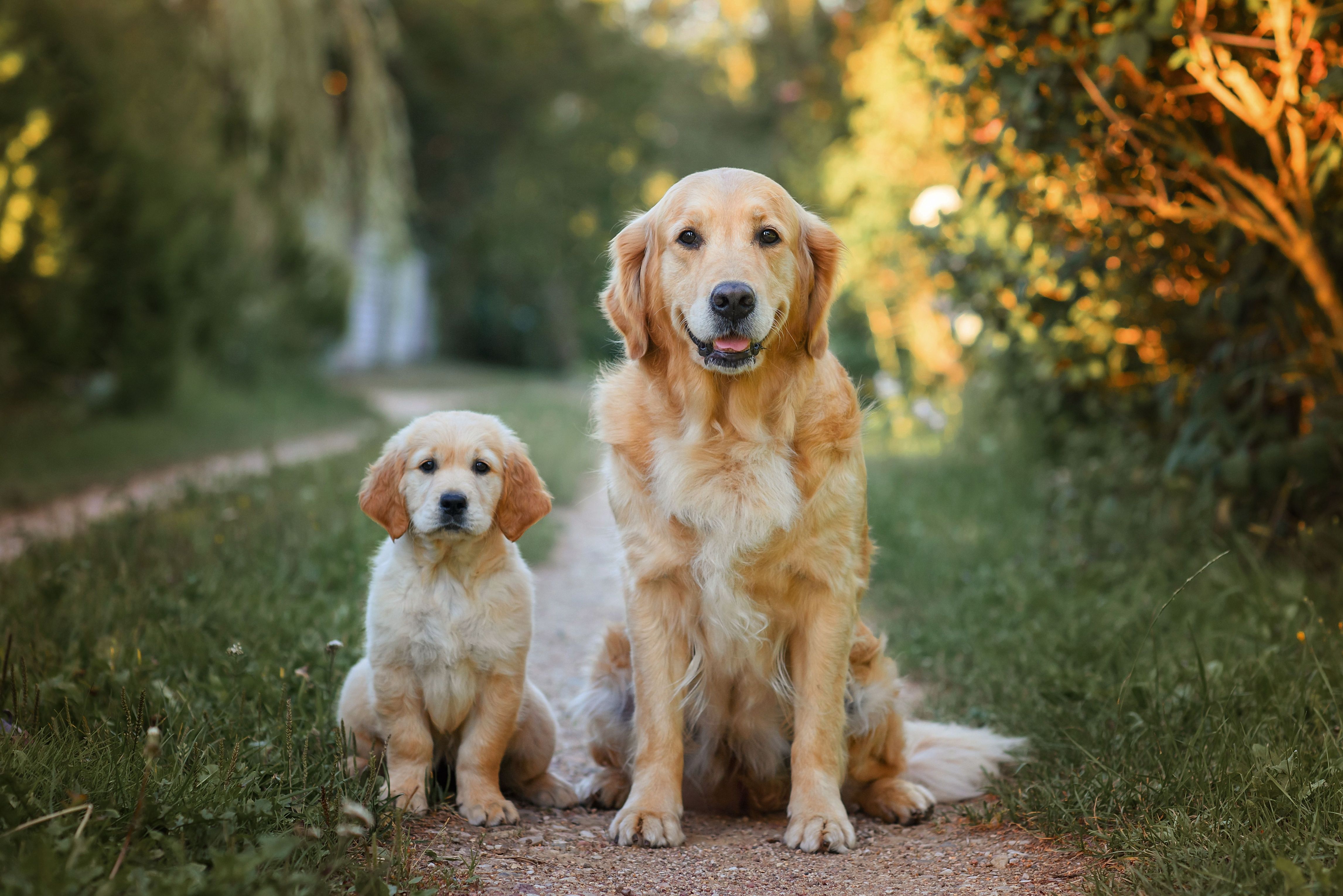
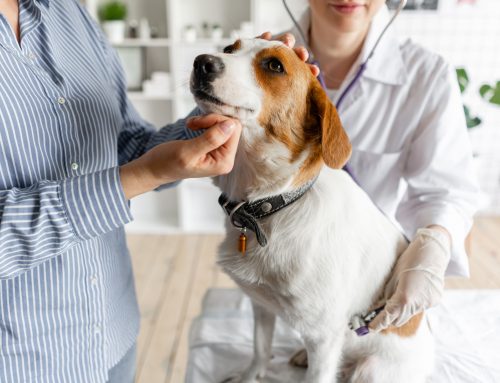
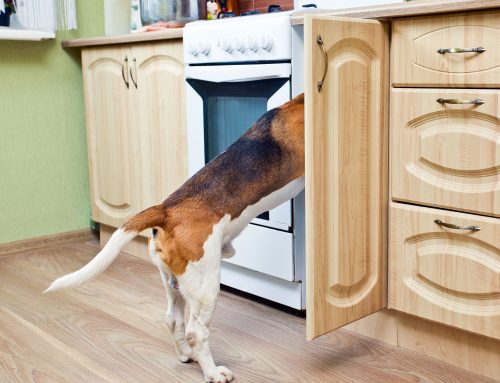

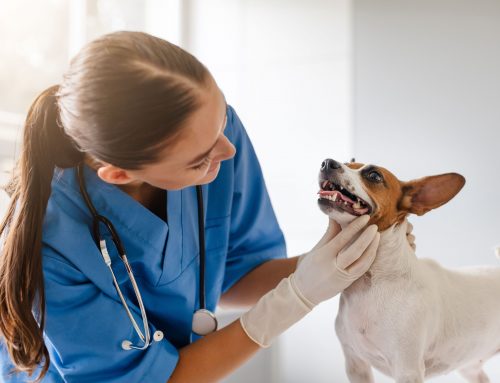

Leave A Comment